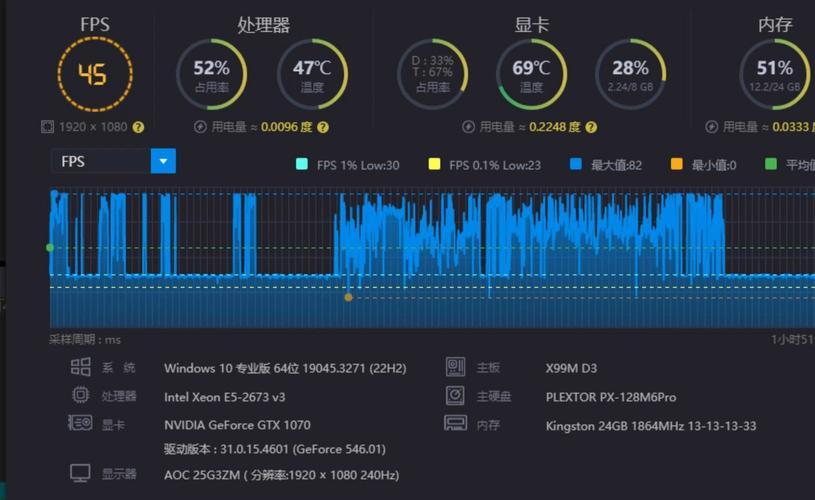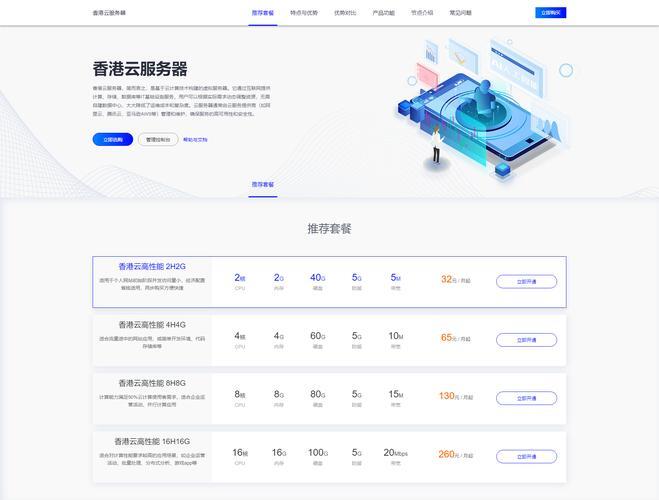kafka学习笔记(三、消费者Consumer使用教程——从指定位置消费)
1.简介
Kafka的poll()方法消费无法精准的掌握其消费的起始位置,auto.offset.reset参数也只能在比较粗粒度的指定消费方式。更细粒度的消费方式kafka提供了seek()方法可以指定位移消费允许消费者从特定位置(如固定偏移量、时间戳或分区首尾)开始消费消息。
2.指定消费位置
2.1.从特定偏移量开始消费
使用seek(TopicPartition partition, long offset)指定具体偏移量。
源码分析:
- seek()方法更新消费者内部的subscriptions对象的position字段,记录目标偏移量。
- 后续poll()时,Fetcher类根据此位置向Broker发送拉取请求。
代码示例:
consumer.subscribe(Collections.singleton("test-topic")); Set assignment = new HashSet(); // 确保分配到分区 while (assignment.isEmpty()) { consumer.poll(Duration.ofMillis(100)); assignment = consumer.assignment(); } // 设置所有分区从offset=100开始消费 assignment.forEach(tp -> consumer.seek(tp, 100));2.2.从时间戳开始消费
使用offsetsForTimes()获取时间戳对应的偏移量,再调用seek()。
源码分析:
offsetsForTimes()向Broker发送ListOffsetRequest,查询满足时间戳条件的最早或最新偏移量。
代码实例:
Map timestamps = assignment.stream() .collect(Collectors.toMap(tp -> tp, tp -> System.currentTimeMillis() - 24 * 3600 * 1000L)); // 获取24小时前的偏移量 Map offsets = consumer.offsetsForTimes(timestamps); offsets.forEach((tp, offsetAndTs) -> { if (offsetAndTs != null) consumer.seek(tp, offsetAndTs.offset()); });2.3.从分区首尾消费
使用seekToBeginning()或seekToEnd(),或通过beginningOffsets()/endOffsets()获取首尾偏移量后手动设置。
代码实例:
// 从分区末尾开始消费(等效于auto.offset.reset=latest) Map endOffsets = consumer.endOffsets(assignment); assignment.forEach(tp -> consumer.seek(tp, endOffsets.get(tp)));
2.4.注意事项
-
分区分配与poll()的依赖
seek()必须在分区分配完成后调用,否则会抛出IllegalStateException。需通过循环poll()确保分配到分区。
-
数据过期问题
若指定偏移量对应的消息已被删除(如日志清理导致),seek()将失效。此时需使用beginningOffsets()获取当前最小有效偏移量。
-
异步提交与位移覆盖风险
异步提交(commitAsync())失败时不会重试,可能因位移回滚导致重复消费。需结合同步提交(commitSync())保证原子性。
-
seek()方法提供了我们可以将消费者位移保存在外部的能力,还可以配合在均衡监听器来提供更加精准的消费能力。
3.完整代码实例
public class SeekToTimestampDemo { public static void main(String[] args) { Properties props = new Properties(); props.put("bootstrap.servers", "localhost:9092"); props.put("group.id", "seek-demo"); props.put("key.deserializer", "org.apache.kafka.common.serialization.StringDeserializer"); props.put("value.deserializer", "org.apache.kafka.common.serialization.StringDeserializer"); props.put("enable.auto.commit", "false"); KafkaConsumer consumer = new KafkaConsumer(props); consumer.subscribe(Collections.singleton("test-topic")); // 等待分区分配 Set assignment = new HashSet(); while (assignment.isEmpty()) { consumer.poll(Duration.ofMillis(100)); assignment = consumer.assignment(); } // 获取24小时前的时间戳对应偏移量 Map timestamps = assignment.stream() .collect(Collectors.toMap(tp -> tp, tp -> System.currentTimeMillis() - 86400000L)); Map offsets = consumer.offsetsForTimes(timestamps); // 指定位移 offsets.forEach((tp, offsetAndTs) -> { if (offsetAndTs != null) { consumer.seek(tp, offsetAndTs.offset()); } else { // 处理无有效偏移量的情况(如从头开始) consumer.seekToBeginning(Collections.singleton(tp)); } }); while (true) { ConsumerRecords records = consumer.poll(Duration.ofMillis(1000)); records.forEach(record -> System.out.printf("offset=%d, value=%s%n", record.offset(), record.value())); } } } -









